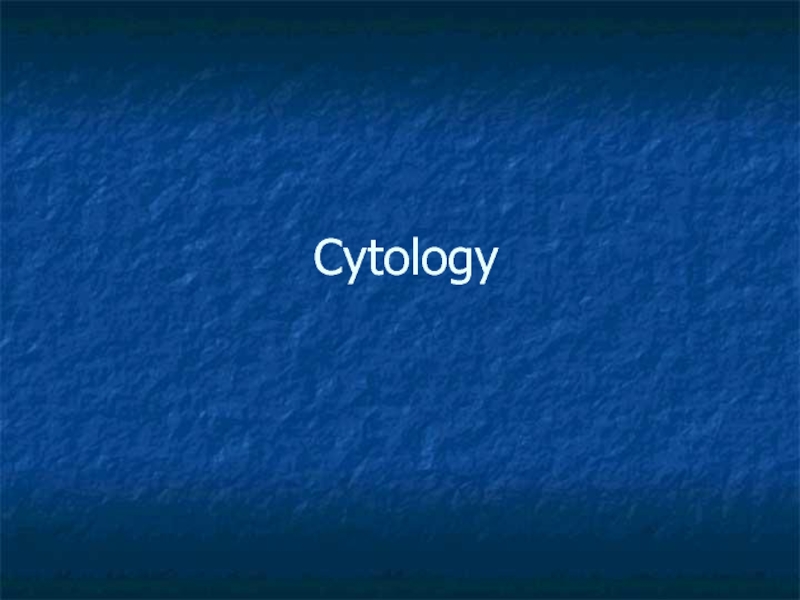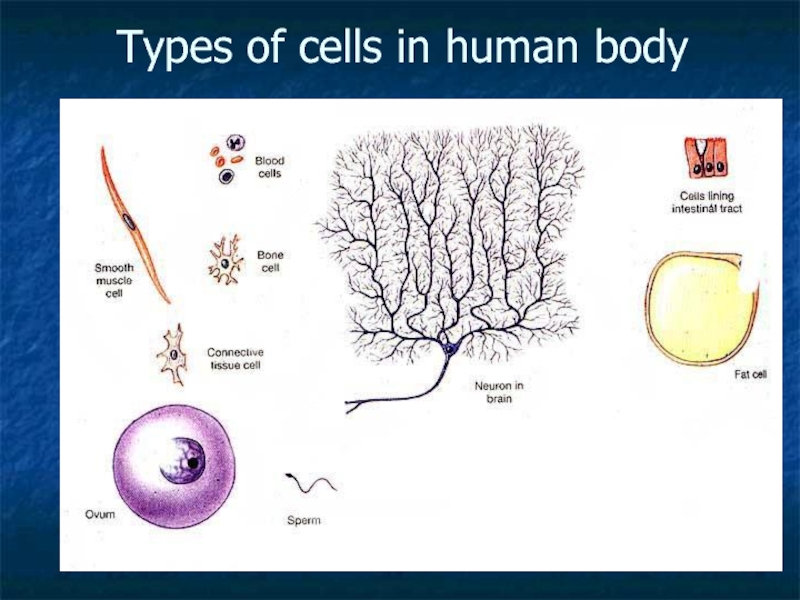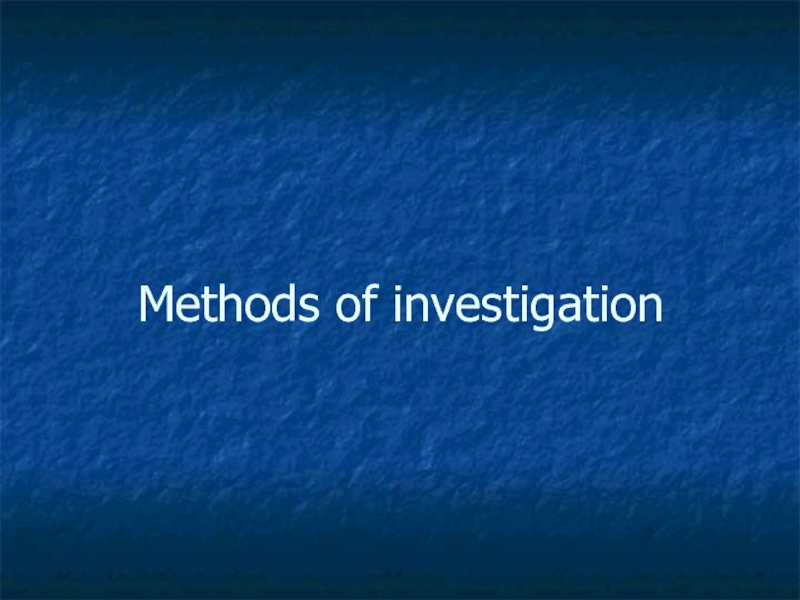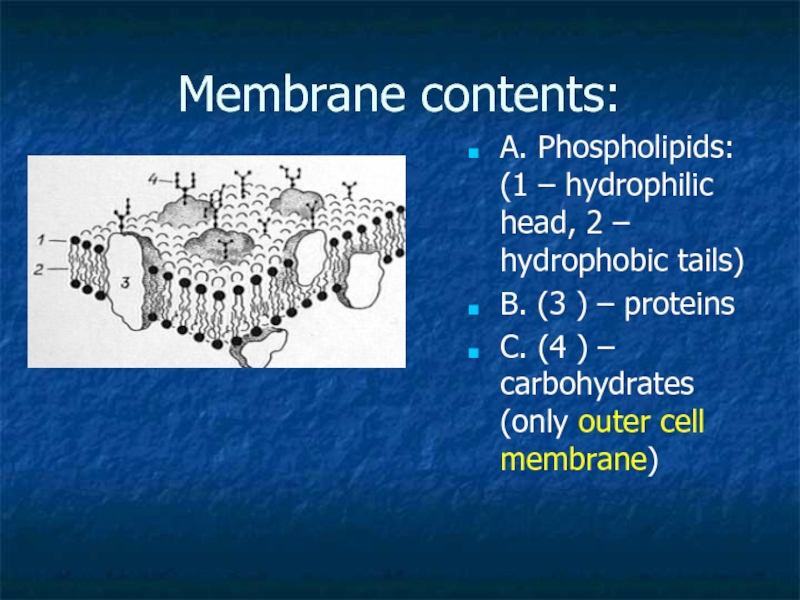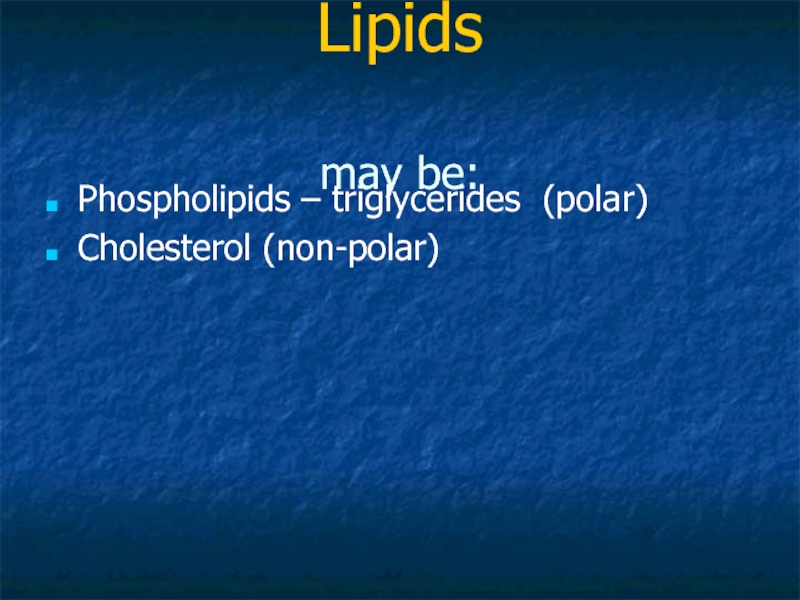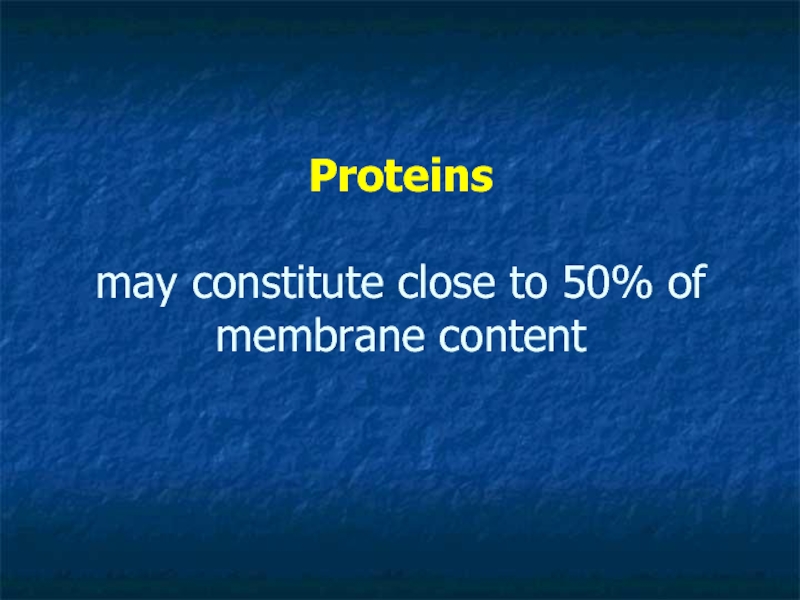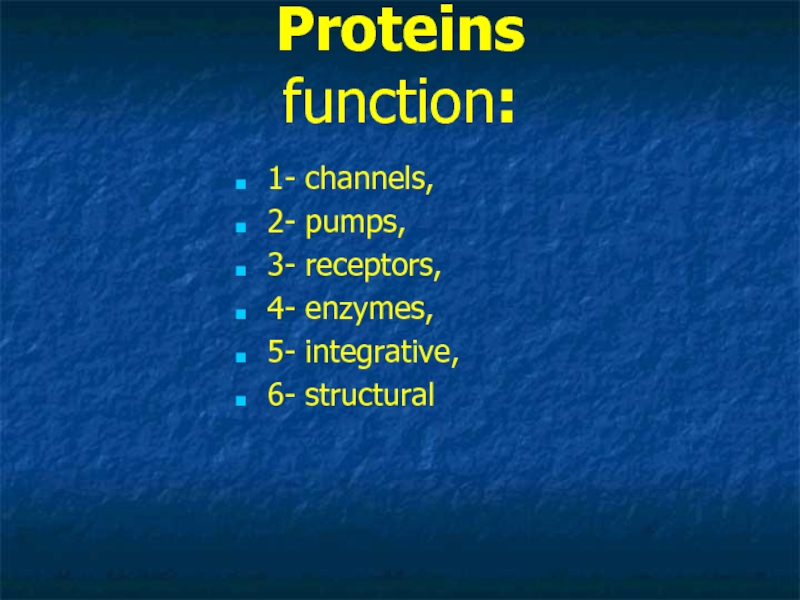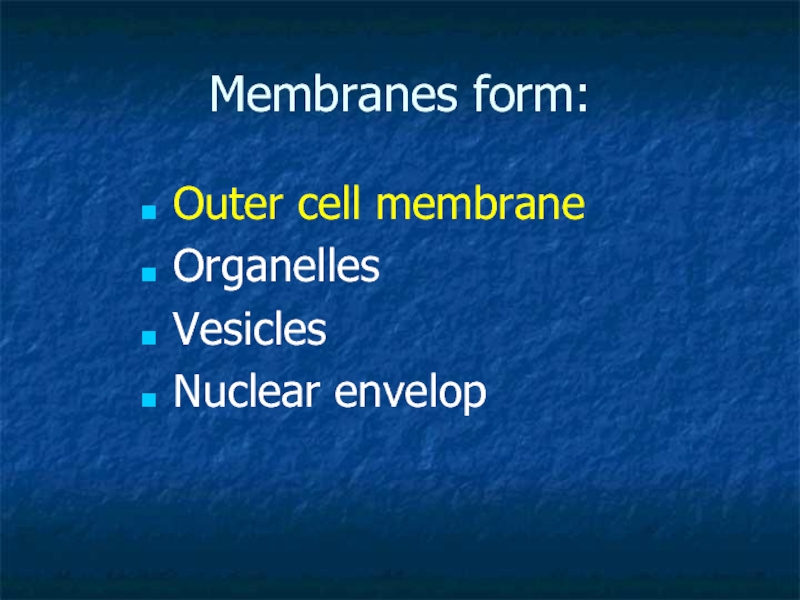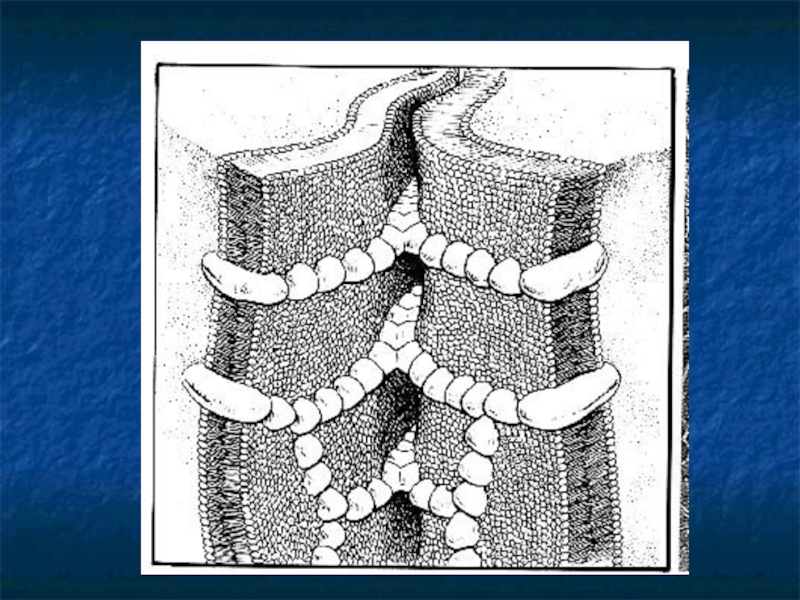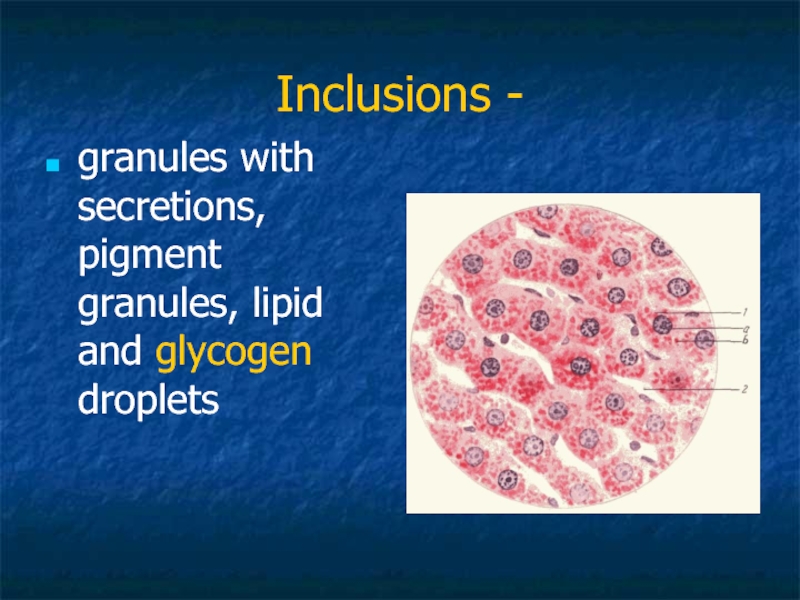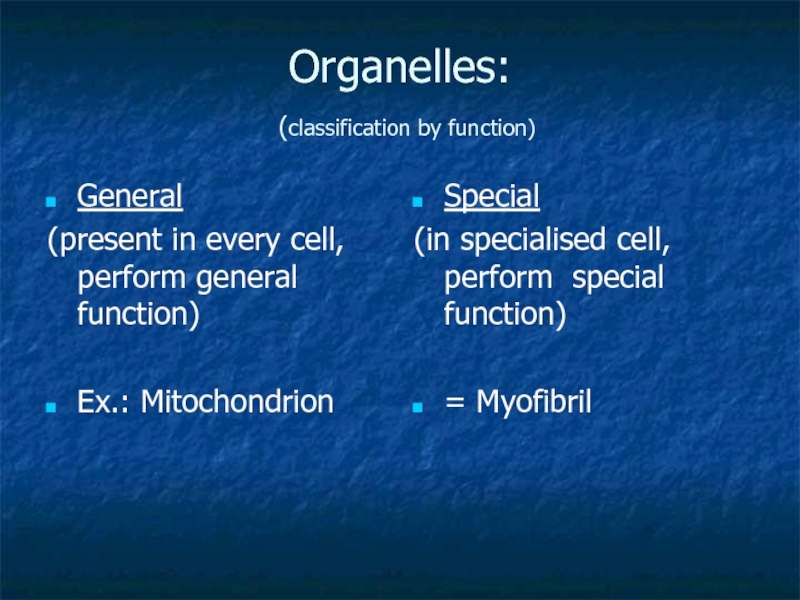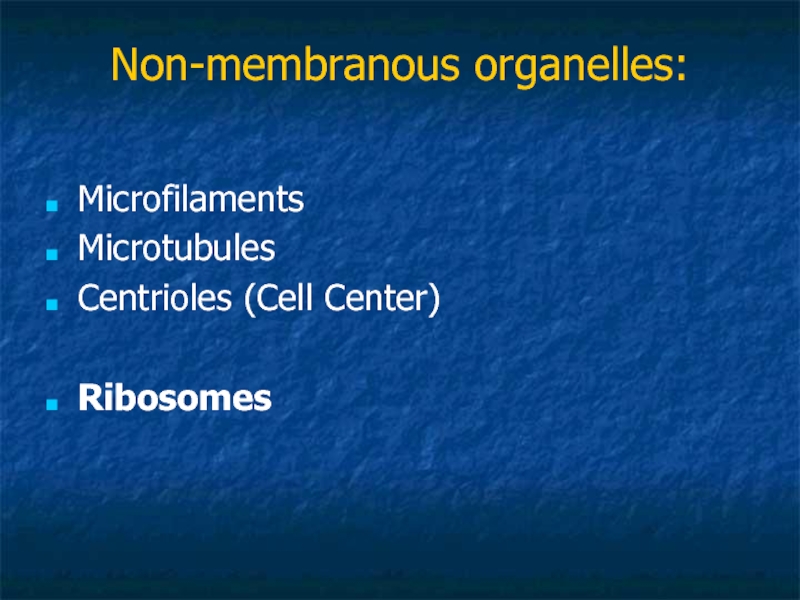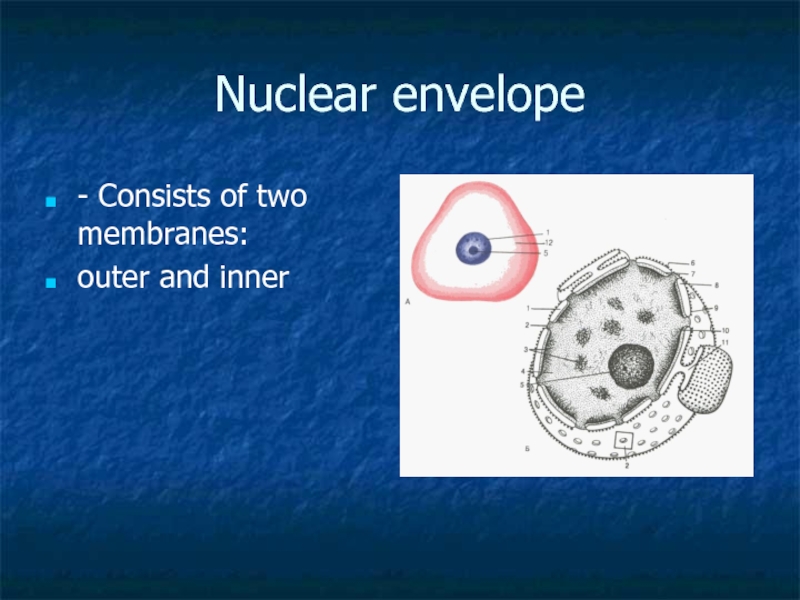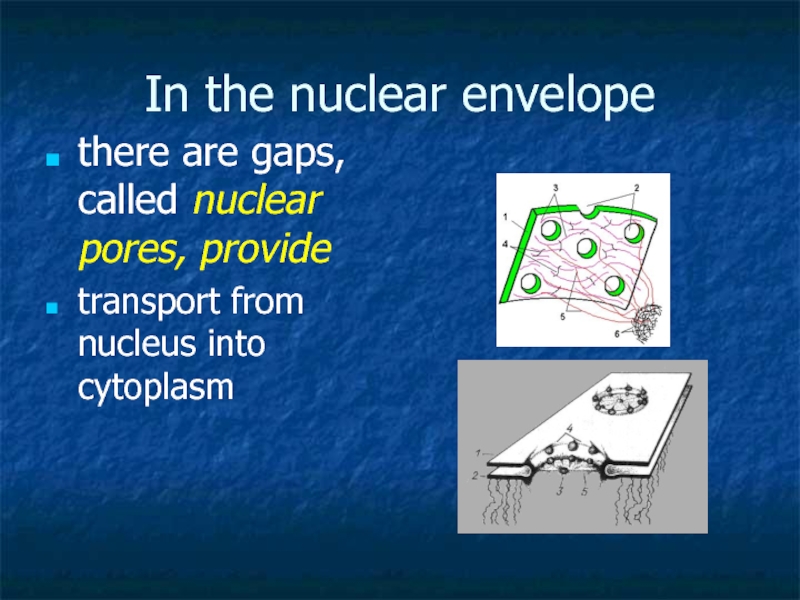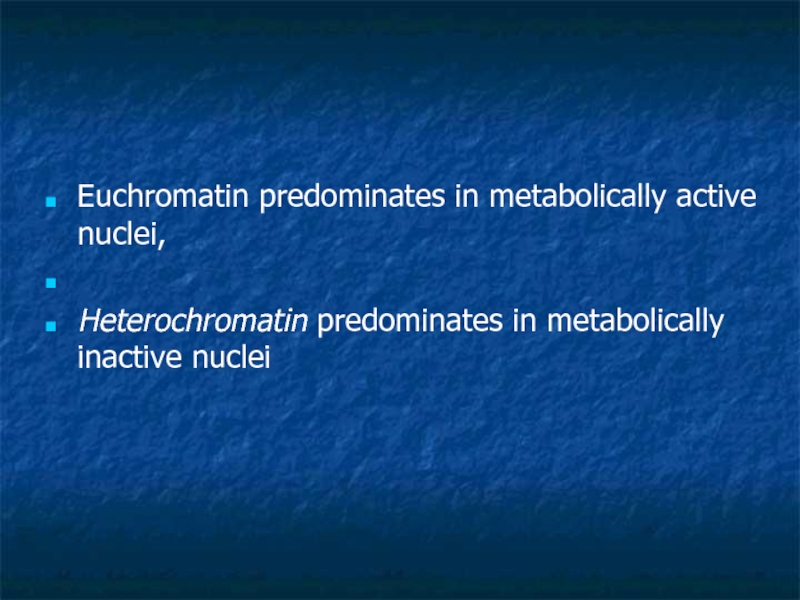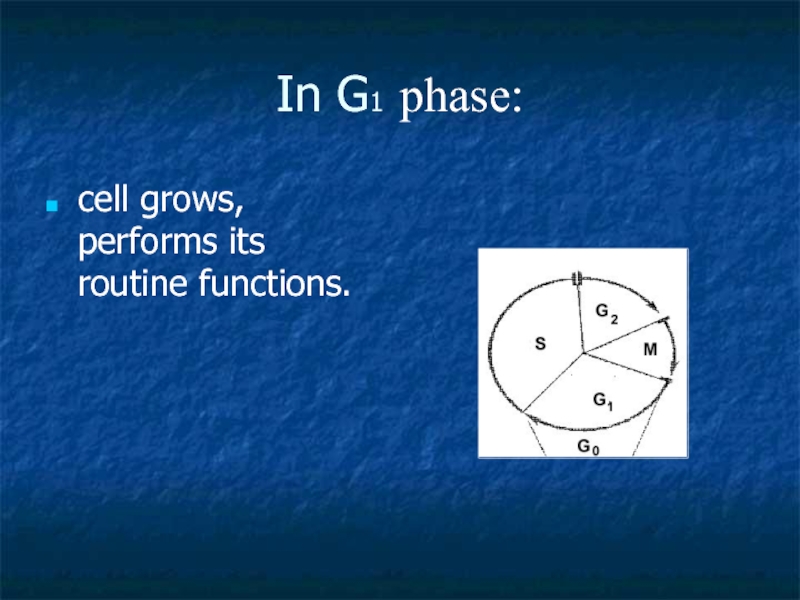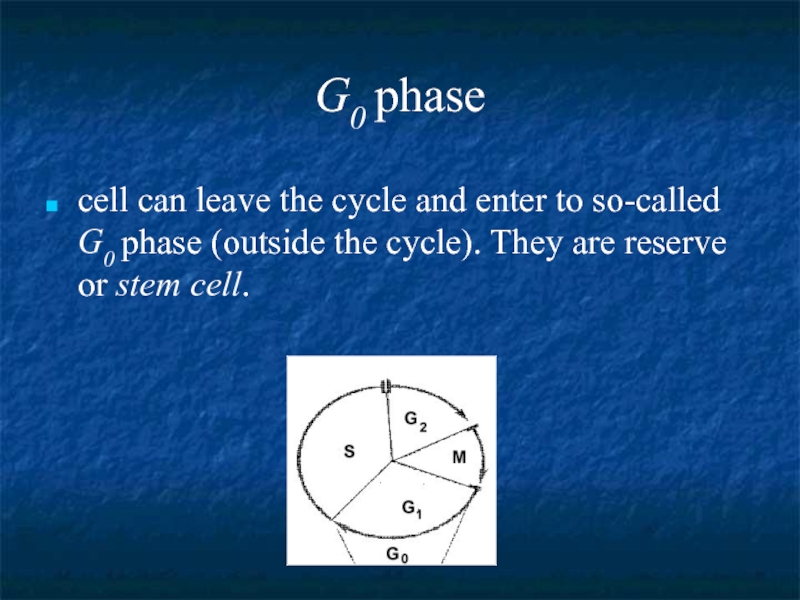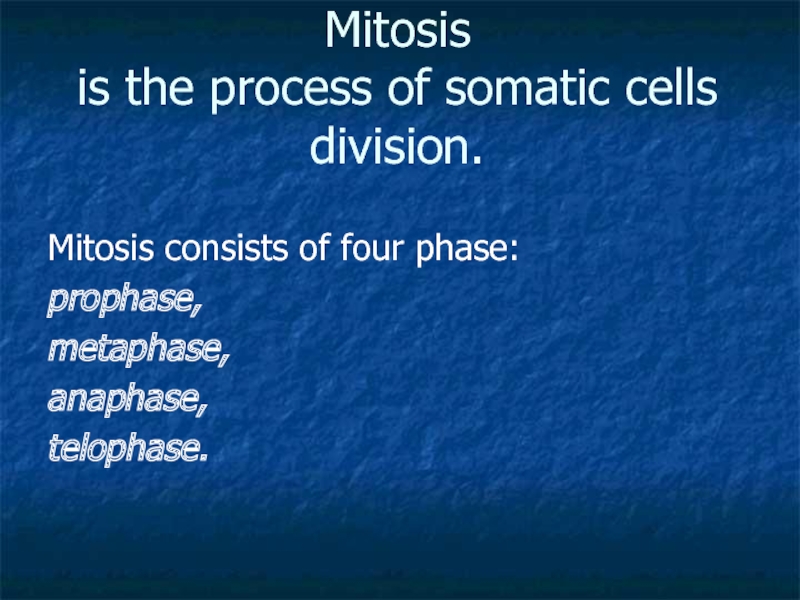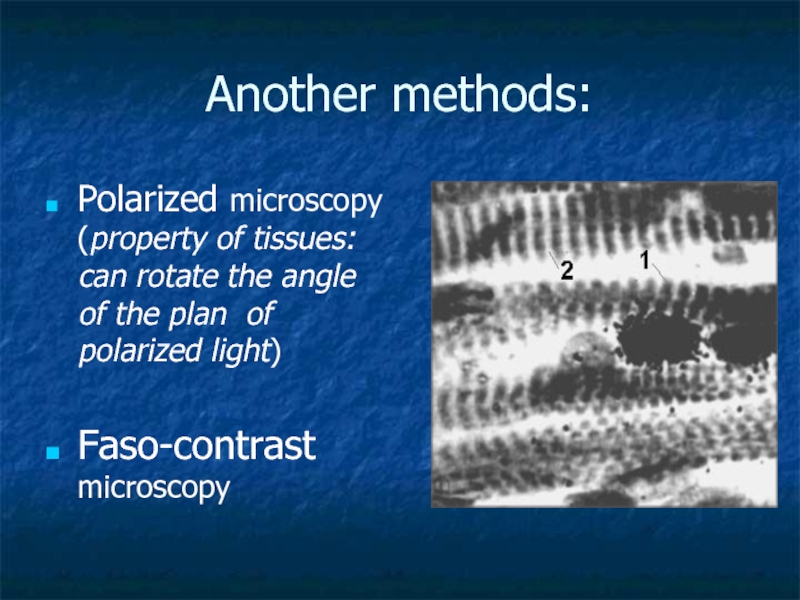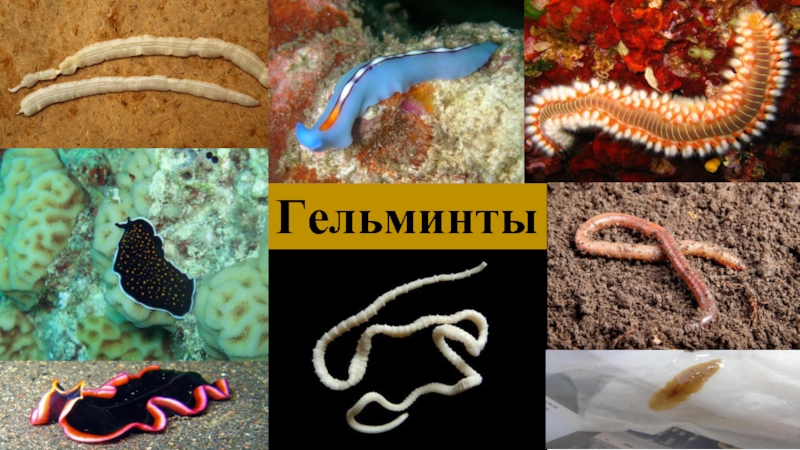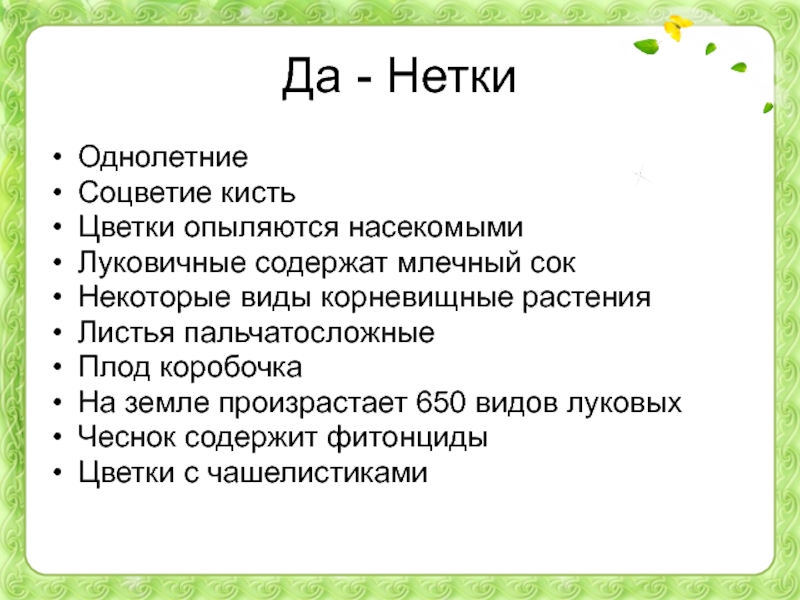Essential Cytology
- Главная
- Разное
- Дизайн
- Бизнес и предпринимательство
- Аналитика
- Образование
- Развлечения
- Красота и здоровье
- Финансы
- Государство
- Путешествия
- Спорт
- Недвижимость
- Армия
- Графика
- Культурология
- Еда и кулинария
- Лингвистика
- Английский язык
- Астрономия
- Алгебра
- Биология
- География
- Детские презентации
- Информатика
- История
- Литература
- Маркетинг
- Математика
- Медицина
- Менеджмент
- Музыка
- МХК
- Немецкий язык
- ОБЖ
- Обществознание
- Окружающий мир
- Педагогика
- Русский язык
- Технология
- Физика
- Философия
- Химия
- Шаблоны, картинки для презентаций
- Экология
- Экономика
- Юриспруденция
Introduction. Essential Cytology презентация
Содержание
- 1. Introduction. Essential Cytology
- 2. Histology studies the organization of the
- 3. Cytology
- 4. Note: 1. The cell is the smallest
- 5. Types of cells in human body
- 6. Cells produce matrix
- 7. Methods of investigation
- 8. Microscopy – basic method Light microscope: Histological slide:
- 9. Electron microscopy
- 10. Electron microscopy researches Ultrastructure of cells (organelles) and organisation of intercellular matrix
- 11. Light and electron microscopy - are 2 mane methods in histology
- 12. Levels of biological systems Biomolecules
- 13. Phospholipids structure : Phosphate group (hydrophilic heads) Glycerol Fatty acids (hydrophobic tails)
- 14. Membrane contents: A. Phospholipids: (1 – hydrophilic
- 15. Lipids may be: Phospholipids – triglycerides (polar) Cholesterol (non-polar)
- 16. Proteins may constitute close to 50% of membrane content
- 17. Proteins function: 1- channels,
- 18. Carbohydrates Present in the outer cell membrane Form Receptors
- 19. Outer cell membrane – cytolemma or plasmalemma
- 20. Membranes form: Outer cell membrane Organelles Vesicles Nuclear envelop
- 21. Cell consists of: - Outer cell
- 22. 1 2 G If cells contact, outer cell membrane forms junctions
- 23. Types of Cell junction Tight junction Gap junction Desmosomes
- 24. Tight junction prevents the movement of
- 26. Gap junction channels between cells
- 27. Desmosomes - Provide cell attachment
- 28. Inside the cell … Cytoplasm consists of: Matrix (hialoplasm, cytozol) Organelles Inclusions
- 29. Inclusions - granules with secretions, pigment granules, lipid and glycogen droplets
- 30. Organelles: (classification by structure) Membranous Non-membranous
- 31. Organelles: (classification by function) General
- 32. Rough endoplasmic reticulum Membranes form a network
- 34. Smooth endoplasmic reticulum, SER
- 35. SER structure: membranes form tubules without
- 36. Golgi complex (or apparatus) = a pack of sacs.
- 37. Golgi complex … … is connected with endoplasmic reticulum
- 38. Golgi apparatus functions: 1. formation
- 39. Mitochondrion Structure : Contains
- 40. Mitochondrion Produce ATP molecules (energy) by Krebs cycle
- 41. Lysosome Lysosomes are round vesicles that contain
- 42. Non-membranous organelles: Microfilaments Microtubules Centrioles (Cell Center) Ribosomes
- 43. Note: Microfilaments, Microtubules form “Skeleton” of the cell
- 44. Cell center Consists of 2 centrioles
- 45. Nucleus consists of: Nucleolemma = nuclear envelope Nucleoplasm Nucleolus Chromatin
- 46. Nuclear envelope - Consists of two membranes: outer and inner
- 47. In the nuclear envelope there are
- 48. Nuclear pore structure
- 49. Nucleolus Nucleolus is the site of active
- 50. Chromatin is the combination of DNA
- 51. Chromatin = DNA in non-dividing cells.
- 52. Euchromatin predominates in metabolically active nuclei,
- 53. Chromosome - is an organized structure of DNA and protein found in dividing cells.
- 54. Cell cycle
- 55. The life of a somatic cell is
- 56. Interphase Interphase is a period between
- 57. In G1 phase: cell grows, performs its routine functions.
- 58. S- phase (S- synthesis)
- 59. G2 phase In this phase synthesis of
- 60. G0 phase cell can leave the
- 61. Mitosis is the process of somatic
- 62. Prophase Chromosomes become recognisable. the nuclear membrane breaks down and the nucleoli disappear
- 63. Two centrioles separate and move to opposite
- 64. Metaphase - chromosomes move to a position
- 65. Anaphase - the chromatids separate and
- 66. Telophase two daughter nuclei are formed chromosomes become indistinct. Nucleoli reappear.
- 67. Another methods: Polarized microscopy (property of tissues:
- 68. Gap junction Consists of six connexin proteins,
Слайд 2
Histology studies the organization of the tissues and organs of the
body.
Cytology studies the structure and functions of the cell.
Embryology researches embryonic development (formation) of the body
Cytology studies the structure and functions of the cell.
Embryology researches embryonic development (formation) of the body
Слайд 4Note:
1. The cell is the smallest structural and functional unit of
the body
2. Cells form tissues.
3. Tissues form organs and systems
2. Cells form tissues.
3. Tissues form organs and systems
Слайд 10Electron microscopy researches
Ultrastructure of cells (organelles) and organisation of intercellular
matrix
Слайд 13Phospholipids structure :
Phosphate group (hydrophilic heads)
Glycerol
Fatty acids (hydrophobic tails)
Слайд 14Membrane contents:
A. Phospholipids: (1 – hydrophilic head, 2 – hydrophobic tails)
B.
(3 ) – proteins
C. (4 ) – carbohydrates (only outer cell membrane)
C. (4 ) – carbohydrates (only outer cell membrane)
Слайд 17Proteins
function:
1- channels,
2- pumps,
3- receptors,
4- enzymes,
5- integrative,
6- structural
Слайд 24Tight junction
prevents the movement of molecules into the intercellular spaces
present between epithelial cells
Слайд 31Organelles:
(classification by function)
General
(present in every cell, perform general function)
Ex.:
Mitochondrion
Special
(in specialised cell, perform special function)
= Myofibril
Слайд 32Rough endoplasmic reticulum
Membranes form a network of sac-like structures called cisternae
.
Ribosomes lie on the outer surface.
Function - synthesis of proteins
Ribosomes lie on the outer surface.
Function - synthesis of proteins
Слайд 35
SER structure: membranes form tubules without ribosomes.
Function:
1. synthesizis of
lipids.
2. metabolism of carbohydrates
3. drug detoxification (in liver cells).
4 storage of Ca-ions (only in muscle cell)
2. metabolism of carbohydrates
3. drug detoxification (in liver cells).
4 storage of Ca-ions (only in muscle cell)
Слайд 38Golgi apparatus
functions:
1. formation of compound molecules – glycoproteins, lipoproteins.
2. production of lysosomes and secretory vesicles.
Слайд 39Mitochondrion
Structure :
Contains outer and inner membranes
--Folds of
inner membrane – cristae
--- Inside lie matryx
--- Inside lie matryx
Слайд 41Lysosome
Lysosomes are round vesicles that contain enzymes
These enzymes break down waste
materials and cellular debris and digest the materials within phagosomes.
Слайд 44Cell center
Consists of 2 centrioles
Centriole = 9 x 3 = 27
microtubules;
Function - formation of mitotic spindle
Function - formation of mitotic spindle
Слайд 47In the nuclear envelope
there are gaps, called nuclear pores, provide
transport
from nucleus into cytoplasm
Слайд 49Nucleolus
Nucleolus is the site of active synthesis of ribosomal RNA and
formation of ribosomes.
Слайд 50Chromatin
is the combination of DNA and proteins that make up
the contents of the nucleus of a cell.
Слайд 51Chromatin =
DNA in non-dividing cells.
2 types:
1. heterochromatin (non-active)
- very tightly packed fibrils .
2.euchromatin - active – less condensed chromatin fibrils loops
2.euchromatin - active – less condensed chromatin fibrils loops
Слайд 52
Euchromatin predominates in metabolically active nuclei,
Heterochromatin predominates in metabolically
inactive nuclei
Слайд 55The life of a somatic cell is a cyclic process
It
is called cell cycle
It consists of two periods: interphase and mitosis.
It consists of two periods: interphase and mitosis.
Слайд 56Interphase
Interphase is a period between two divisions of the cell.
Consists of 3 phases - G1 , S , G2
Слайд 58S- phase
(S- synthesis)
DNA molecules are duplicated
NOTE: At
the beginning of this phase the chromosome number is 2N
and at the end each chromosome consists of two DNA molecules or two chromatids, the chromosome number is 4N.
and at the end each chromosome consists of two DNA molecules or two chromatids, the chromosome number is 4N.
Слайд 59G2 phase
In this phase synthesis of proteins, which are required for
cell division, takes place.
After phase G2 mitosis always begins
After phase G2 mitosis always begins
Слайд 60G0 phase
cell can leave the cycle and enter to so-called
G0 phase (outside the cycle). They are reserve or stem cell.
Слайд 61Mitosis
is the process of somatic cells division.
Mitosis consists of four
phase:
prophase,
metaphase,
anaphase,
telophase.
prophase,
metaphase,
anaphase,
telophase.
Слайд 62Prophase
Chromosomes become recognisable.
the nuclear membrane breaks down and the nucleoli
disappear
Слайд 63Two centrioles separate and move to opposite poles of the cell.
microtubules pass from one centriole to other and form a spindle of division.
Слайд 64Metaphase
- chromosomes move to a position midway between the two centrioles
(the equator of the cell) and form the equatorial plate
Слайд 65Anaphase
- the chromatids separate and move to opposite poles of
the cell
At the end of anaphase chromatids are called chromosomes.
At the end of anaphase chromatids are called chromosomes.
Слайд 67Another methods:
Polarized microscopy (property of tissues: can rotate the angle of
the plan of polarized light)
Faso-contrast microscopy
Faso-contrast microscopy
Слайд 68Gap junction
Consists of six connexin proteins, interacting to form a cylinder
with a pore in the centre - connexon.
This protrudes across the cell membrane, and when two adjacent cell connexons interact, they form the gap junction channel
This protrudes across the cell membrane, and when two adjacent cell connexons interact, they form the gap junction channel


